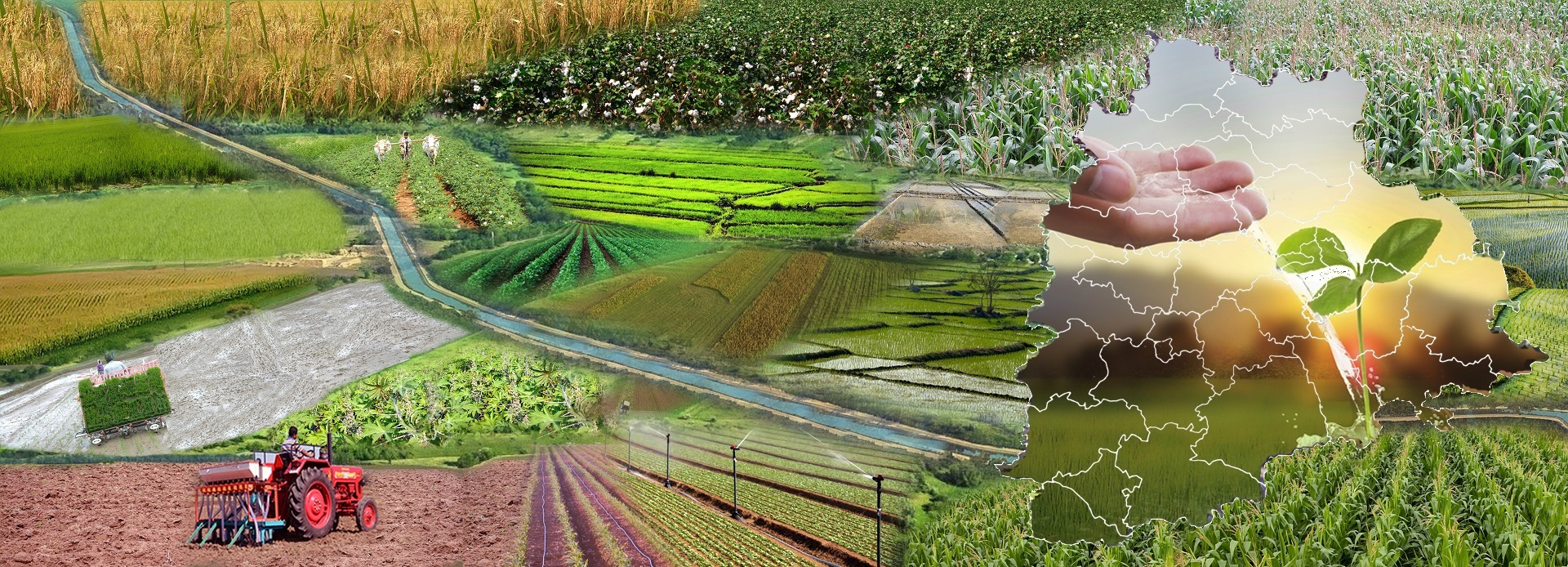



Received: 10-Jun-2021 Published: 01-Jul-2021
Many useful fibres have been obtained from various parts of plants including leaves, stems (bast fibres), fruits and seeds. Geometrical dimensions of those fibres, especially the fibre length depends mainly on fibre location within the plant. Fibres from fruits and seeds are few centimetres long, whereas fibres from stems and leaves are for much longer.
Fiber crops are generally harvestable after one season , as distinct from trees, which are typically grown for several years before being harvested for such materials as pulp fiber or lacebark. In specific circumstances, fiber crops are often superior to pulp fiber in terms of technical performance, environmental impact or cost. Botanically, the fibers harvested from many of those plants are bast fibers; the fibers come from the phloem tissue of the plant. The other fiber crop fibers are hard/leaf fibers (come from everything of plant vascular bundles) and surface fibers (come from plant epidermal tissue).
Leaf fibre, hard, coarse fibre obtained from leaves of monocotyledonous plants (flowering plants that sometimes have parallel-veined leaves, like grasses, lilies, orchids, and palms), used mainly for cordage. Such fibres, usually long and stiff, also are called “hard” fibres, distinguishing them from the widely softer and more flexible fibres of the bast, or “soft,” fibre group. Commercially useful leaf fibres include abaca, cantala, henequen, Mauritius hemp, phormium, and sisal.
The relative proportion of sand, silt and clay particles determines the physical properties of soil including the feel . The area of a given amount of soil increases significantly because the particle size decreases. Consequently, the soil textural class also gives a sign of soil chemical properties. the precise proportions of sand, silt and clay during a soil can only be determined during a laboratory. However, a naming system has been developed to approximately describe the relative proportions. This classification of soil are often undertaken within the field where particular properties indicate possible textural classes.
Leaf fibre is especially obtained from sword-shaped leaves that are thick, fleshy, and sometimes hard-surfaced, like those of plants of the agave subfamily (Agavoideae), a serious source. The leaves are hand-harvested, and their fibre is separated from the surrounding leaf tissue by decortication, a hand or machine scraping or peeling process, then cleaned and dried. The released fibre bundles, or strands, are not separated into individual fibre cells and are called fibres in the trade.
Natural plant fibers are usually considered more environmentally friendly than synthetic fibers for several reasons such as: the expansion of plants leads to seques-tration of carbon dioxide from the atmosphere, natural plant cultivation consumes less energythan the assembly of synthetic polymers and fibers, natural fibers are producedfrom renewable resources unlike the production of synthetic fibers which leads to depletion of natural resources .
Cotton may be a soft fiber that grows round the seeds of the cotton. Cool, soft, and comfortable, cotton is presently the world’s most-used fiber, with applications in apparel, home furnishings, medical and surgical materials, and many other industrial products.